December 13, 2022
Today in Microsoft Flight Simulator I’m at Kitty Hawk to reenact the first-ever flight of the world’s very first airplane, the 1903 Wright Flyer.
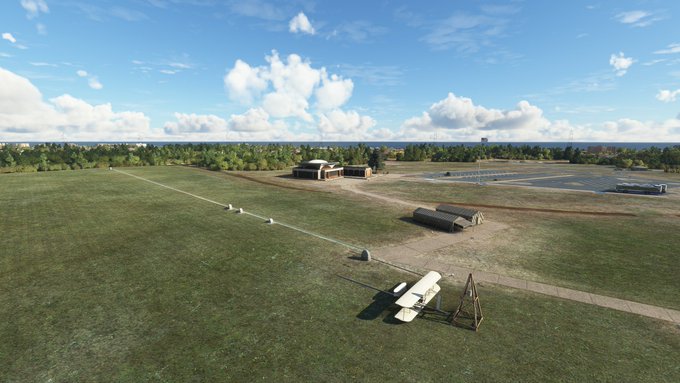
At first glance, the boxy Wright Flyer doesn’t look much our modern notion of an airplane. In fact, it possesses all the key features that still define an airplane to this day. In this post, I’ll explain how.
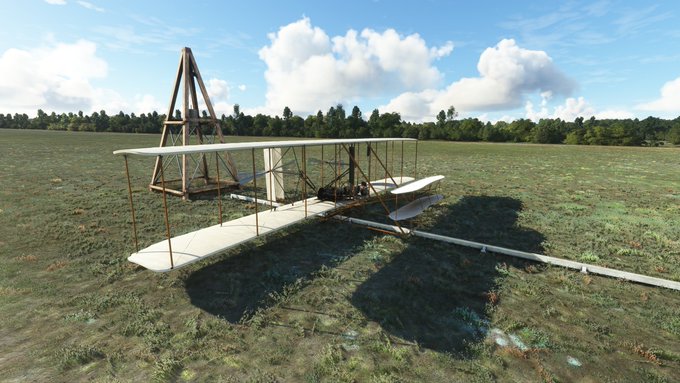
There are four forces that account for how and why an airplane is able to fly: lift, weight, thrust, and drag.
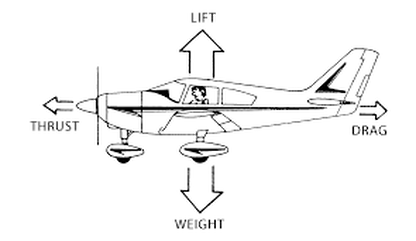
These four forces were first outlined 100 years before the Wright Brothers flew by the English gentleman-scholar Sir George Cayley, who also invented the seat belt, the wire-spoked bicycle wheel, and the tank tread.
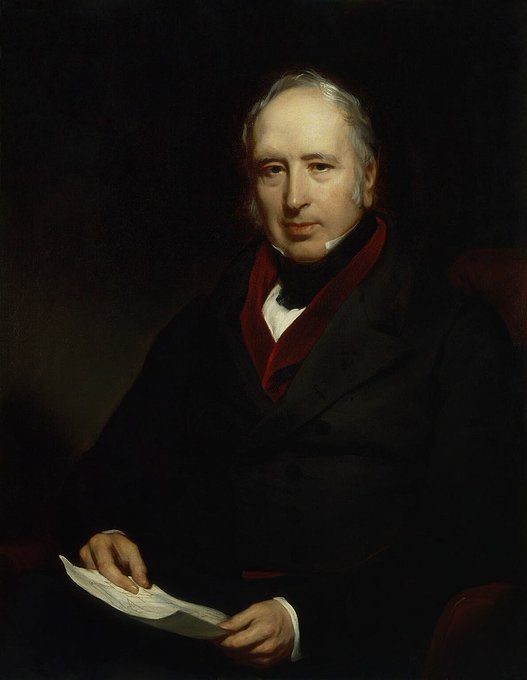
So the basic problem of flight was reasonably well understood by the time the two young Wright Brothers, Wilbur (left) and Orville (right), stepped onto the stage.
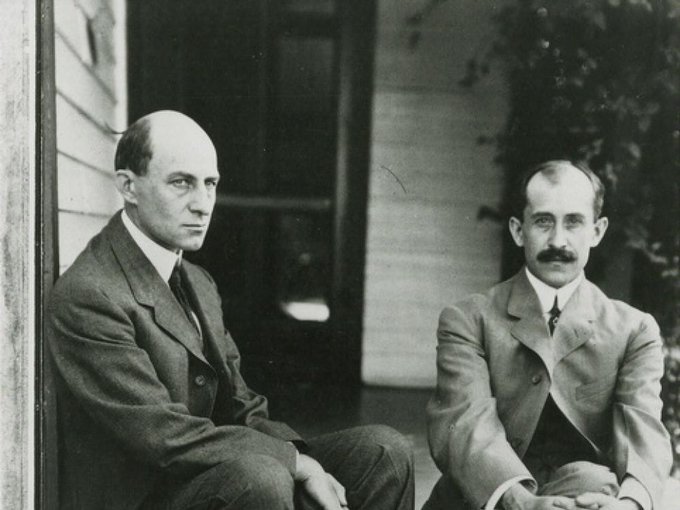
There were several people already hard at work on the problem, including the well-known and well-funded head of the Smithsonian Institute, Samuel Langley. But success continued to elude them.
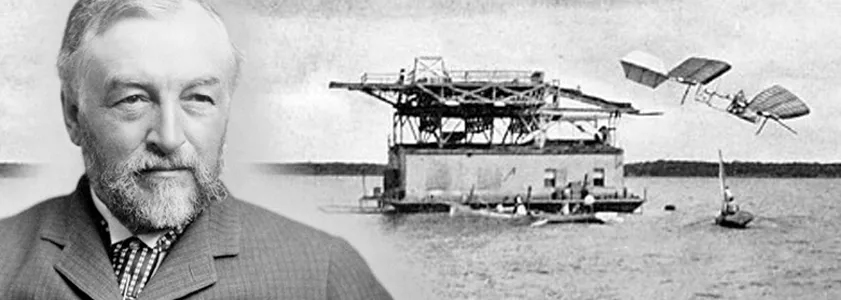
The Wright Brothers, in contrast, were the obscure sons of a Protestant bishop in Ohio, who had started a workshop catering to the latest high-tech fad, bicycles – kind of like Steve Jobs and Steve Wozniak tinkering in their garage on a homemade Apple II computer.
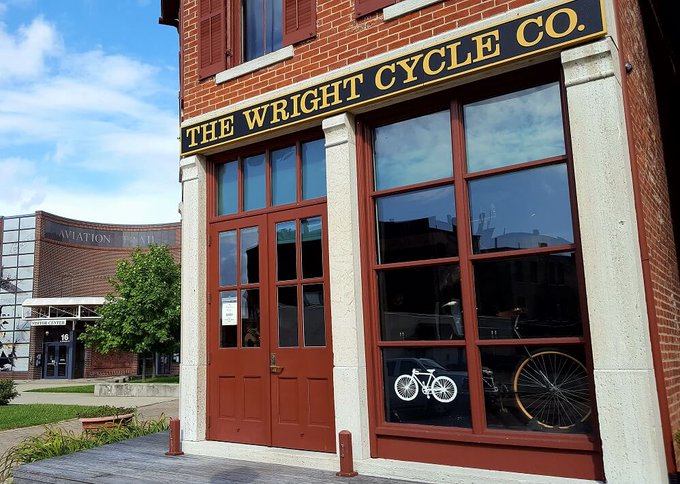
The first of Cayley’s four forces, weight, is fairly self-evident: it’s the problem anyone needs to overcome to fly. It’s a little more complicated than that, but I’ll explain later.

To counter weight, you need lift. One solution is to fill a balloon full of gases that are lighter than air and therefore want to rise. As early as 1783, the French had learned how to fly in balloons.
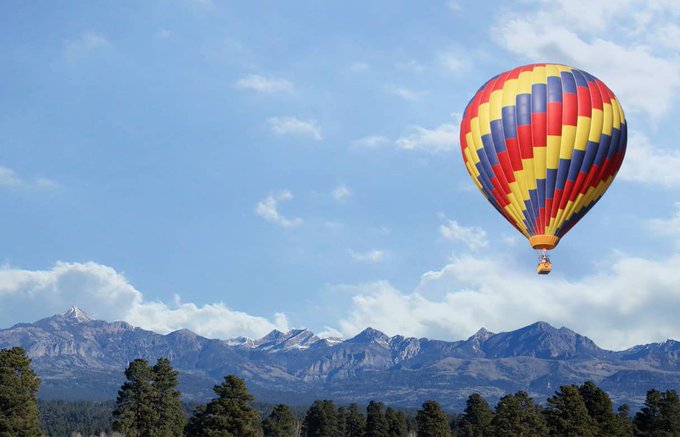
Giant bags full of gas have a number of drawbacks, though, and for millennia people had observed that birds are able to fly by using wings – often by flapping them, but just as often by simply gliding on them.
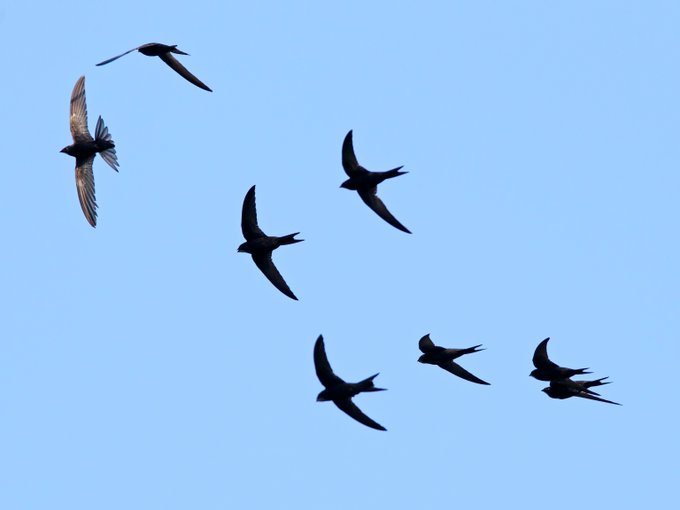
In the 1890s, the German aviator Otto Lilienthal experimented extensively with gliders, based on his close study of birds. He carefully noted his successes and failures until breaking his spine and dying in a crash in 1896.
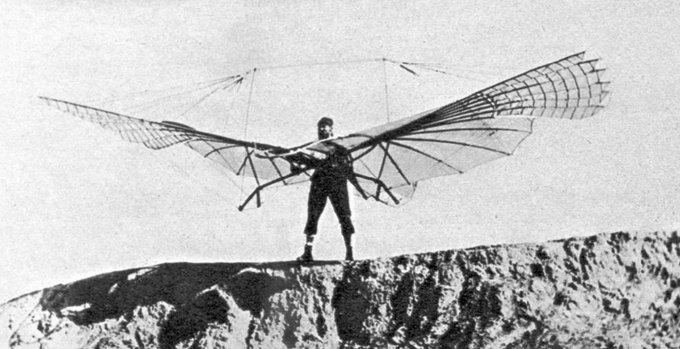
As amateurs, the Wright Brothers constructed their own large-scale kites and compared the lift they were able to achieve with Lilienthal’s results.
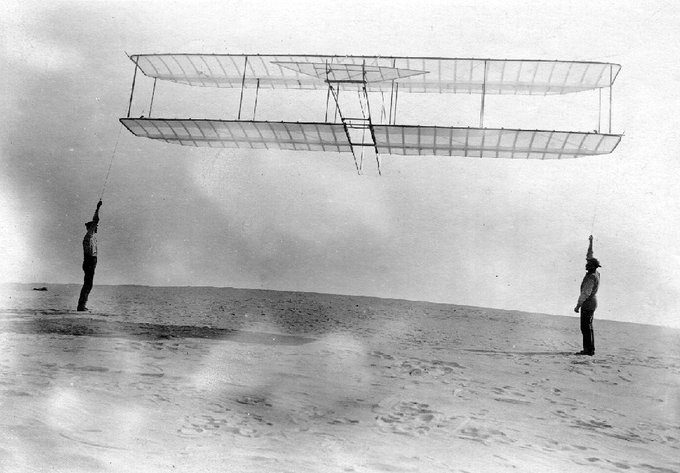
The results were not what they hoped, so back home in Ohio they cobbled together a primitive wind tunnel which they used to systematically conduct tests on wings of different shapes.

The way a wing works is by creating a difference in pressure as the air flows across it. The lower pressure above and higher pressure below generates a force (lift) that pushes the wing up. Both the shape and position of the wing determine the amount of lift created.

What the Wright Brothers discovered was that many of Lilienthal’s calculations, which were guiding everyone else’s efforts, were wrong. Their experiments led them to a better wing design that produced more lift relative to its weight.

Okay, that’s one problem solved. But to generate lift, air needs to be flowing across the wing. Wind is one way to achieve this, which is why the Wright Brothers picked the windswept sand dunes of North Carolina’s coast to test their designs.

Another way to achieve forward motion is by using gravity. Lilienthal jumped off a tall hill, and translated downward pull into forward motion, like sliding down a long slope of air.

Ultimately, though, for sustained flight you need a source of propulsion to generate consistent thrust. People realized this from Cayley’s time, but the problem was that steam engines were too heavy and inefficient to produce enough thrust relative to their additional weight.

Fortunately for the Wright Brothers, the internal combustion engines that were just being developed for cars and motorcycles combined lighter weight with greater power – perhaps enough to power an airplane.

Once they felt confident with their glider design, the Wrights turned to a local engineer in Ohio to build them a custom light-weight engine, with 4 in-line pistons, capable of producing 12 horsepower.

This engine was linked, via bicycle chains, to two 8 1/2 foot long propellers. A propeller is basically a rotating wing that produces thrust in the same way a wing creates lift. The Wrights spent a lot of time experimenting with their wind tunnel to get the shape just right.
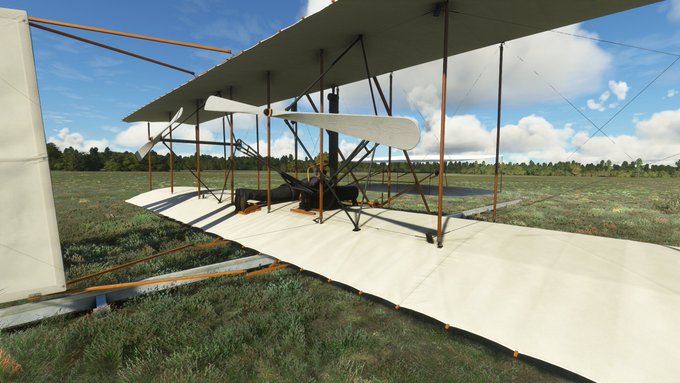
The thrust provided by these propellers is offset by drag. All the wooden wires and struts holding the Wright Flyer together, along the friction of its canvas surfaces, creates a lot of air resistance that will slow the aircraft’s movement through the air.

Will 12 horsepower be enough? The answer is: probably not enough to take off. That’s why the Wrights set up a catapult (left). Dropping a weight will pull the aircraft forward at sufficient speed for a good head start. Along with a strong headwind, this might be just enough.

All of the improvements I’ve described up to this point were critical to success. They might have sufficed to get them off the ground and into the record books …

But they weren’t the basis for the patent the Wrights filed claiming rights over a truly unique invention. What the Wrights invented – and understood as their real breakthrough – was their method of CONTROLLING the aircraft in flight, along three axes.

First there is roll, raising one wing and lowering the other, by rotating the plane around its longitudinal axis running from nose to tail.

The Wrights controlled roll by having the pilot swing his hips within a wooden cradle, left or right.

This motion pulled wires that twisted or “warped” the outer shape of the wings to create more lift on one side and less on the other. You can just barely see the wing warping by comparing the two screenshots:


Today, wing warping has been replaced by ailerons, little hinged surfaces that do the exact same thing. And the hip cradle has been replaced by a stick or a yoke that looks something like a steering wheel.

Next there is pitch, rotating the nose and tail vertically up or down around the lateral axis running from wingtip to wingtip.

The pilot of the Wright Flyer controlled pitch by manipulating a wooden handle that operated two smaller wings to the front of the aircraft. These “elevators” caused the nose to point up or down.

Today, the elevators have usually been relocated to the tail of the airplane, instead of the front, but perform the exact same task.

Last but not least, there is yaw, the rotation of the nose left or right around the vertical axis running through the aircraft from top to bottom.

Control over yaw is important to prevent an airplane – especially one that’s not very streamlined, like the Wright Flyer – from starting to fly sideways. In their glider experiments without a rudder, the Wrights found this to be a major problem.

So starting with their 1902 Glider, they installed an upright rudder to the pilot’s rear. It was linked to the same wires that controlled wing warping, via the cradle, to coordinate the two. This helped keep the airplane flying straight.

Today, the rudder remains a standard on most airplanes, beside the elevators on the tail.

Control in three axes was the secret sauce. While the Wright Flyer may not look like a modern airplane, it was the same as a modern airplane in its essential operation. Let’s see whether it does the job!

This was a particularly fun sim thread to recreate because in February I took my family to Kitty Hawk and we saw this exact site.

We saw the wooden workshops where the Wright Brothers stored, assembled, and repaired their Flyers, and the markers showing the distances achieved on their first four powered flights.

From the photos I’ve seen, it looks like at that time there were just sand dunes, which has now filled in with grass and trees.

On December 17, 1903, all the pieces were finally in place. With a headwind gusting up to 27 miles per hour, and the catapult charged, the Wright Brothers were ready to attempt a powered flight.

Next to the pilot were just two instruments: a stopwatch (above) and a gauge (below) attached to a little windmill (top) to show distance covered.

I did several flights and the key is to avoid pitching up too fast, otherwise you’ll lose what little airspeed you have and stall. Keep it low and just a few feet above the ground.

I mentioned weight being more complicated earlier. The weight of an airplane isn’t evenly distributed, which can impact stability. The real Wright Flyer was not very stable, requiring attentive control inputs just to remain steady.

Weight also becomes a complicating factor when you bank to turn, placing additional load on the wings and raising the stall speed. All I could consistently do with the 1903 Flyer was fly straight ahead

That’s okay, because that’s all the Wright Brothers could do on that first day, just fly straight ahead for as long as they could remain aloft. Their first and second flights lasted 12 seconds each and covered 120 feet and 175 feet, respectively.

Their third flight lasted 15 seconds for 200 feet, and their fourth went 59 seconds for 852 feet.

It looks like I’m going to beat their record here.

To be honest, I’m not sure how to read these gauges for time and distance. But I made the tree line just past the 852-foot marker.

I tried repeatedly to fly over the tree line and no-can-do. The 12hp engine just isn’t powerful enough to sustain flight past 1000 feet, much less climb. The same was true for the 1903 Wright Flyer.

The Wright Brothers taking off on that December day at Kitty Hawk.

Now what happened immediately after this is an interesting story. The brothers sent a telegram home to their father, confirming their flight.
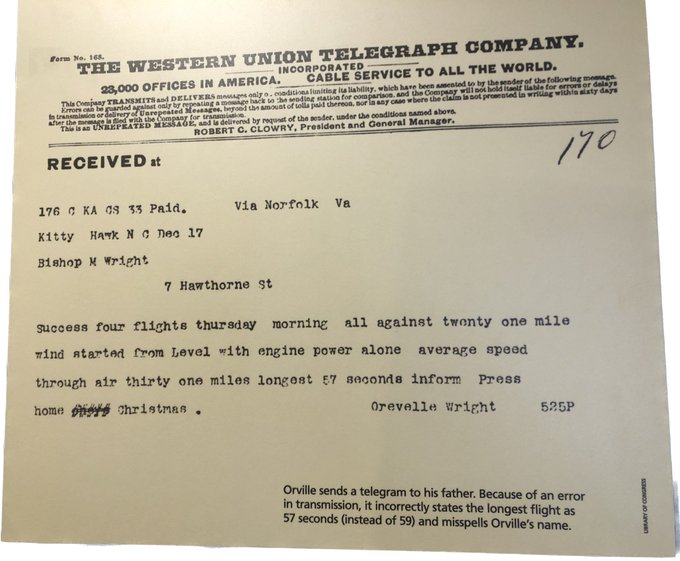
But only one local newspaper in Ohio picked up the story, based on their press release.
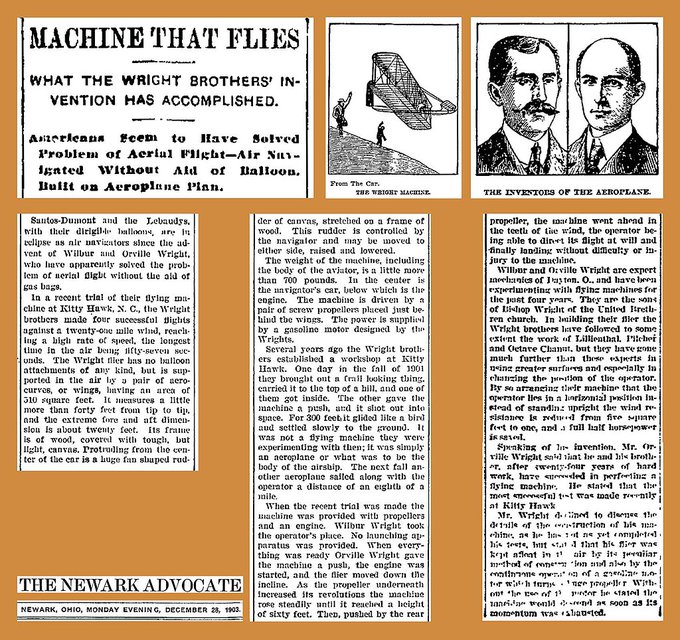
Concerned to secure their patent, the Wright Brothers continued their work in secrecy, and avoided any public demonstration of what they had accomplished. For many years, people doubted their claim that they had flown at all.

During that time, they upgraded their motor to 15hp, 20hp, and eventually 35hp, giving them the power they originally lacked to remain in the air longer and maneuver.

But in the process, they lost ground to other aviation pioneers, like Glenn Curtiss, who followed the trail and quickly adapted and improved many of the Wright Brothers’ innovations. It was Curtiss who performed the first public flight on July 4, 1908 to widespread acclaim.

The Wright Brothers tried to enforce their patent against Curtiss, claiming rights to any aircraft that used the system of controlling along three axes, which Curtiss argued was too broad to allow for improvements. It was a long and bitter fight.
I’ll tell Glenn Curtiss’ story soon, in a separate post on the Curtiss Jenny. Last year, when I was still doing my flight lessons, we took a very enjoyable trip the museum at his hometown of Hammondsport, New York.

Our family had a very enjoyable trip to Kitty Hawk as well, and I took them all hang gliding on the dunes to give them a feel for what the Wright Brothers actually experienced there.

I hope you enjoyed this thread on the Wright Flyer, and I hope it shed some light on what makes an airplane an airplane and the true nature of the Wright Brothers’ accomplishment.

If you’re interested in an enjoyable but informative read about the Wright Brothers and the race to be first to fly, I highly recommend “Dawn Over Kitty Hawk”, a historical novel by the former director of the National Air and Space Museum:
Leave a Reply